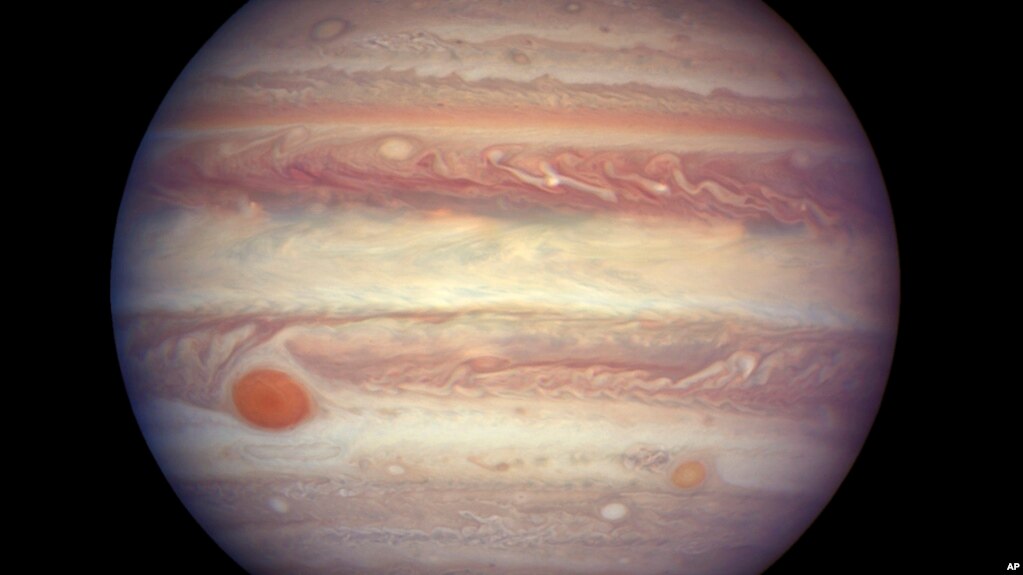- Jul 10, 2004
- 24,526
- 16,976
- 1,405
Pretty cool. At the link the editor is also asking if anyone would like to share any neat pics and images they may get while viewing for the picture gallery they are creating.
*****************************************************************
Three planets will perform a rare celestial dance in the sunset sky tonight (May 26), a cosmic show that stars Jupiter, Venus and Mercury.
Weather permitting, the three planets will shine together in a triangle formation low in the western sky in a planetary meet-up known as a conjunction. But there is more to the night sky sight than meets the eye.
"Triple conjunctions of planets are fairly rare," astronomer Tony Phillips explained in a NASA observing guide. "The last time it happened was in May 2011 and it won't happen again until October 2015."
Rare 3-Planet Sight Tonight: See Jupiter, Mercury and Venus Together
*****************************************************************
Three planets will perform a rare celestial dance in the sunset sky tonight (May 26), a cosmic show that stars Jupiter, Venus and Mercury.
Weather permitting, the three planets will shine together in a triangle formation low in the western sky in a planetary meet-up known as a conjunction. But there is more to the night sky sight than meets the eye.
"Triple conjunctions of planets are fairly rare," astronomer Tony Phillips explained in a NASA observing guide. "The last time it happened was in May 2011 and it won't happen again until October 2015."
Rare 3-Planet Sight Tonight: See Jupiter, Mercury and Venus Together





